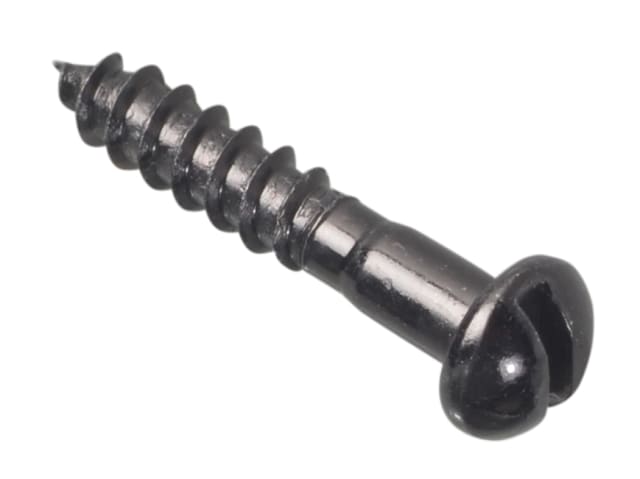How To Remove Screws With Damaged Heads?

A screw with a damaged head is commonly known as being ‘stripped’. This can happen in many different ways, usually by using excessive force to drive the screw into a material, or through using the wrong size or type of screw. In most cases the screwhead will be either a slotted head or a Phillips/cross head, but now that the screwhead is damaged, the type of screw is largely immaterial. It may seem impossible to get the screw out of the hole and it may now seem integral to the material it has been driven into, but there are various methods you can use and with the right tools and techniques, it is possible to remove the screw.
Just as there are various ways you can damage the screwhead in the first place, there are also various ways you can remove it. No one scenario is the same as the next, and the method you use depends on the type of screw, how damaged it is, how much of it protrudes from the surface and what tools you have available. But in all cases you need to show caution and patience, because this could be a long process and you may need to use two or three different methods before landing on the one that works.
What tools you should have available
It can be very frustrating trying to remove a screw with a damaged head, so it is advisable to have all the tools you might need ready and available, so you don’t need to go searching for them when abandoning one method, and so you can quickly switch from one method to the next. The tools you may ordinarily need include:
Safety precautions
As mentioned, this could be a long and frustrating process, and you should show caution, such as wearing appropriate PPE and using the correct tools. You could end up damaging the screwhead further, and/or injuring yourself. Before attempting any of these methods it is probably advisable to spray the area with WD40 or a lubricant such as oil. This will act to loosen the screw to some extent and may be sufficient to help you move it.
Method one – pliers
This is probably the easiest method, so should be carried out first. If there is enough of the screwhead protruding from the surface, try to get a secure grip with a good set of pliers underneath the screwhead. Maintaining this grip, attempt to turn the screw anti-clockwise to remove it. If you have a tight space or a small screw, needle-nose pliers might work.
Method two – cut a new notch
With this method, the fact that the screwhead is damaged might actually help you. Use a flathead screwdriver, the larger the better, and place it firmly in the top surface of the damaged screwhead. Tap the base of the screwdriver with a hammer and attempt to cut a new notch into the screwhead, although using excessive force could cause the screw to sink deeper into the hole, so be careful. With the screwdriver lodged firmly into the screwhead, attempt to turn it anti-clockwise to remove the screw.
Method three – a rubber band
The friction created by rubber on stainless steel is sometimes sufficient to remove a screw, but you will need a wide and thick rubber band that covers the entire surface of the screwhead. Place the rubber band over the top surface of the screwhead and drive a screwdriver into it as normal. The rubber band grips the surface of the screwhead and will hopefully start to turn it. You can use multiple rubber bands to create more force and friction to maybe work better.
Method four – drill
Again, if there is sufficient screwhead protruding from the surface, you may be able to grip it with an open drill chuck. So remove any drill bits from the drill jaws and attempt to grab the damaged screwhead with the drill. When you have a strong grip on the screwhead, put the drill in the reverse setting and attempt to draw the screw out of the material.
Method five – screw extractor
A screw extractor is a tool specifically designed to remove damaged or stubborn screws. It is important you select the right sized screw extractor for the screw you are working with, because the wrong size could create further damage. Firstly, drill a small guide hole in the top surface of the screwhead, this helps the screw extractor grip the screwhead. Insert the screw extractor into the drill driver and set the drill into the reverse mode. Using the guide hole you created, apply steady pressure and hopefully the screw extractor will grip the screwhead and make it turn.
Contact MB Direct for help and advice on your screw selection
Choosing the wrong sized or type of screw is often the cause of damaged screws and the problems you now face in removing them. So contact MB Direct for help and advice when choosing the right screws for your application.